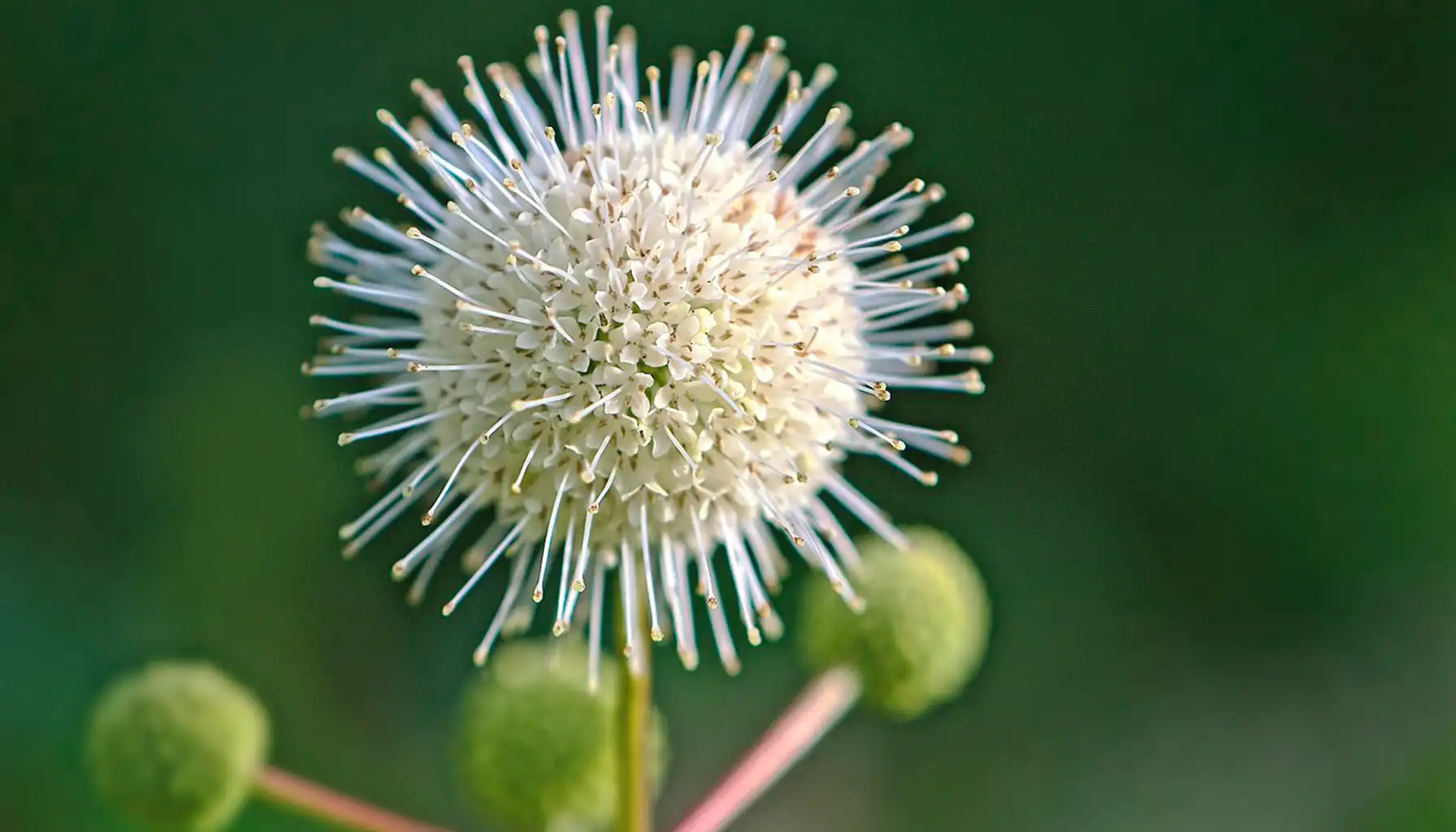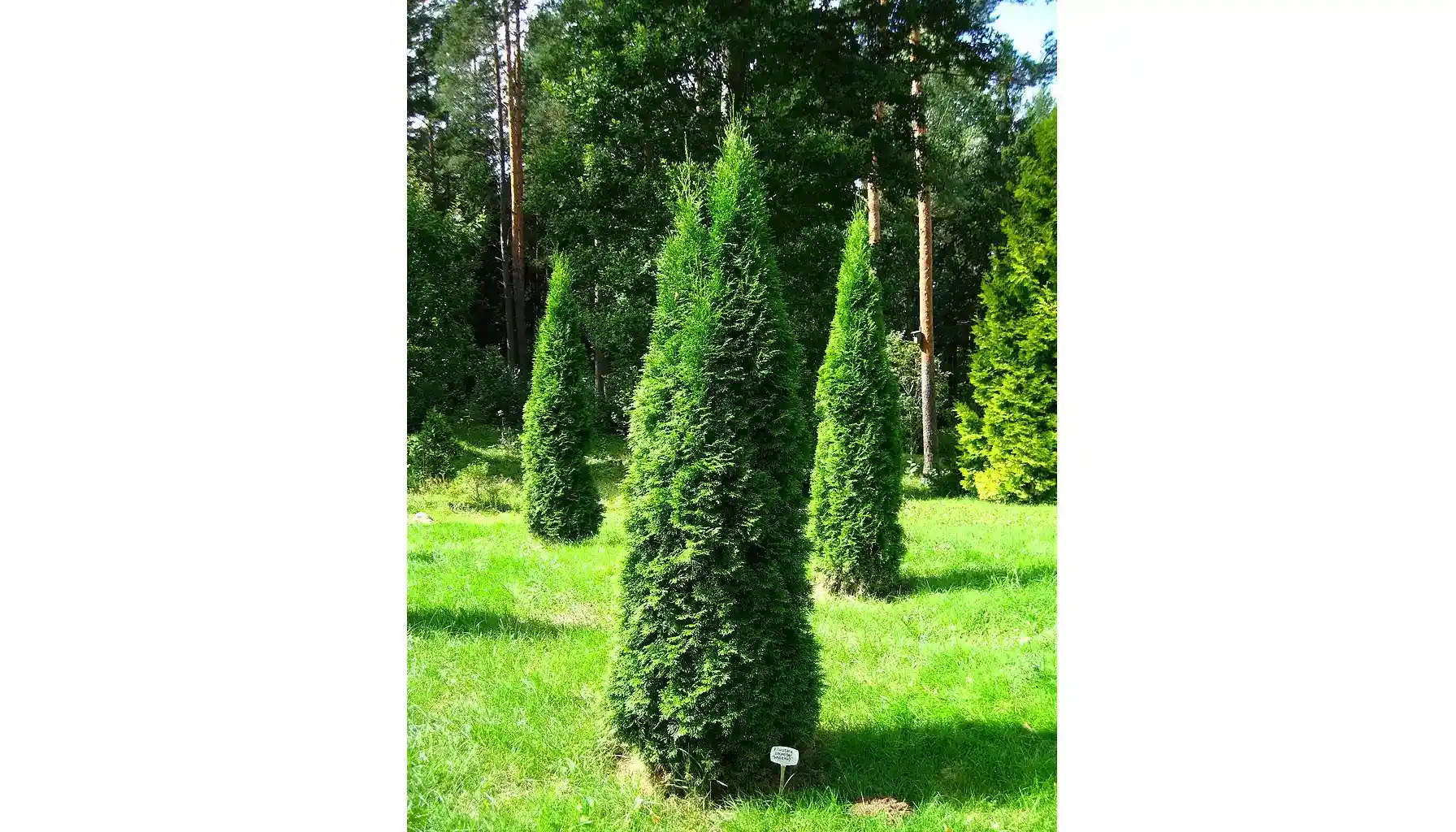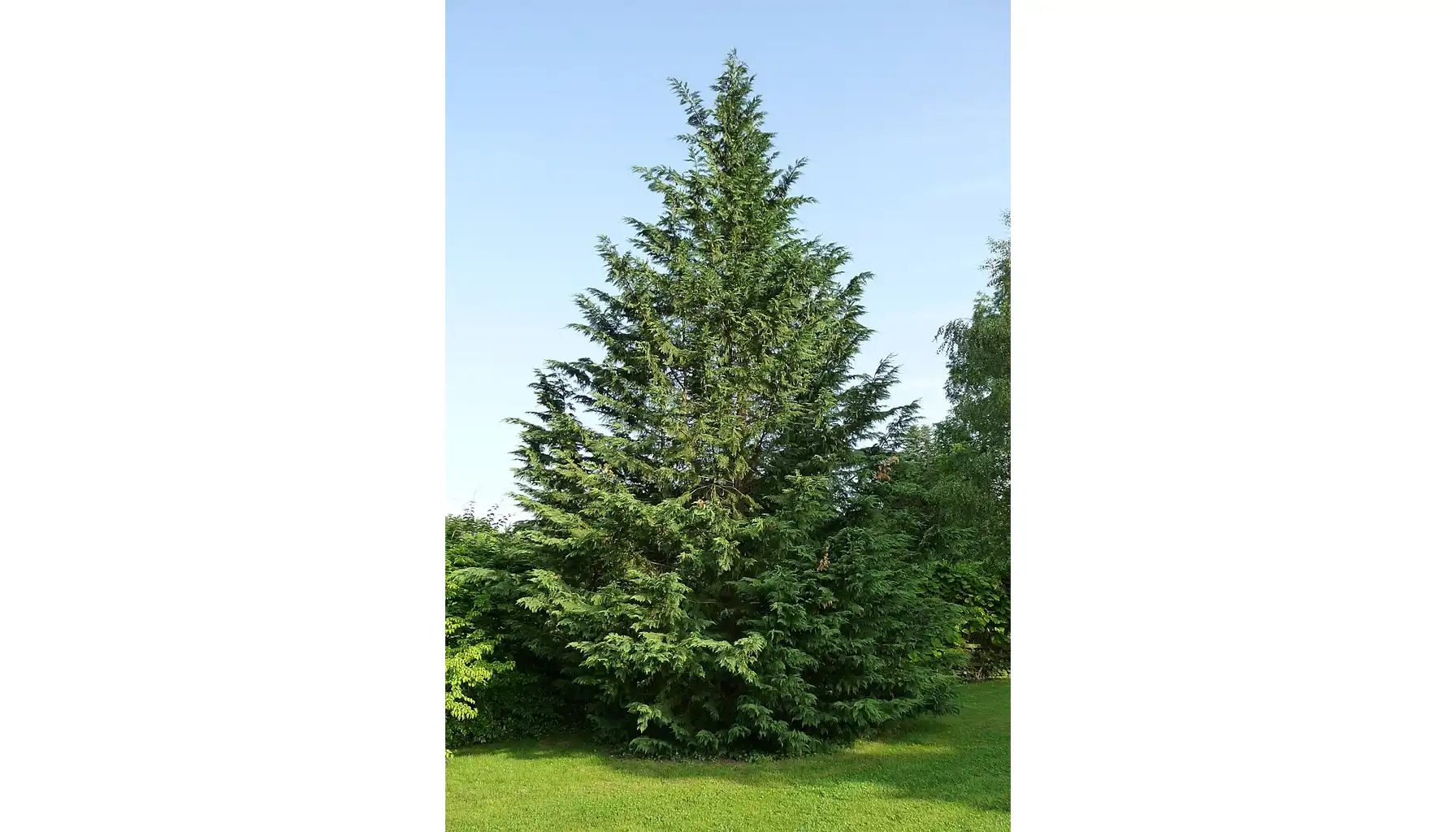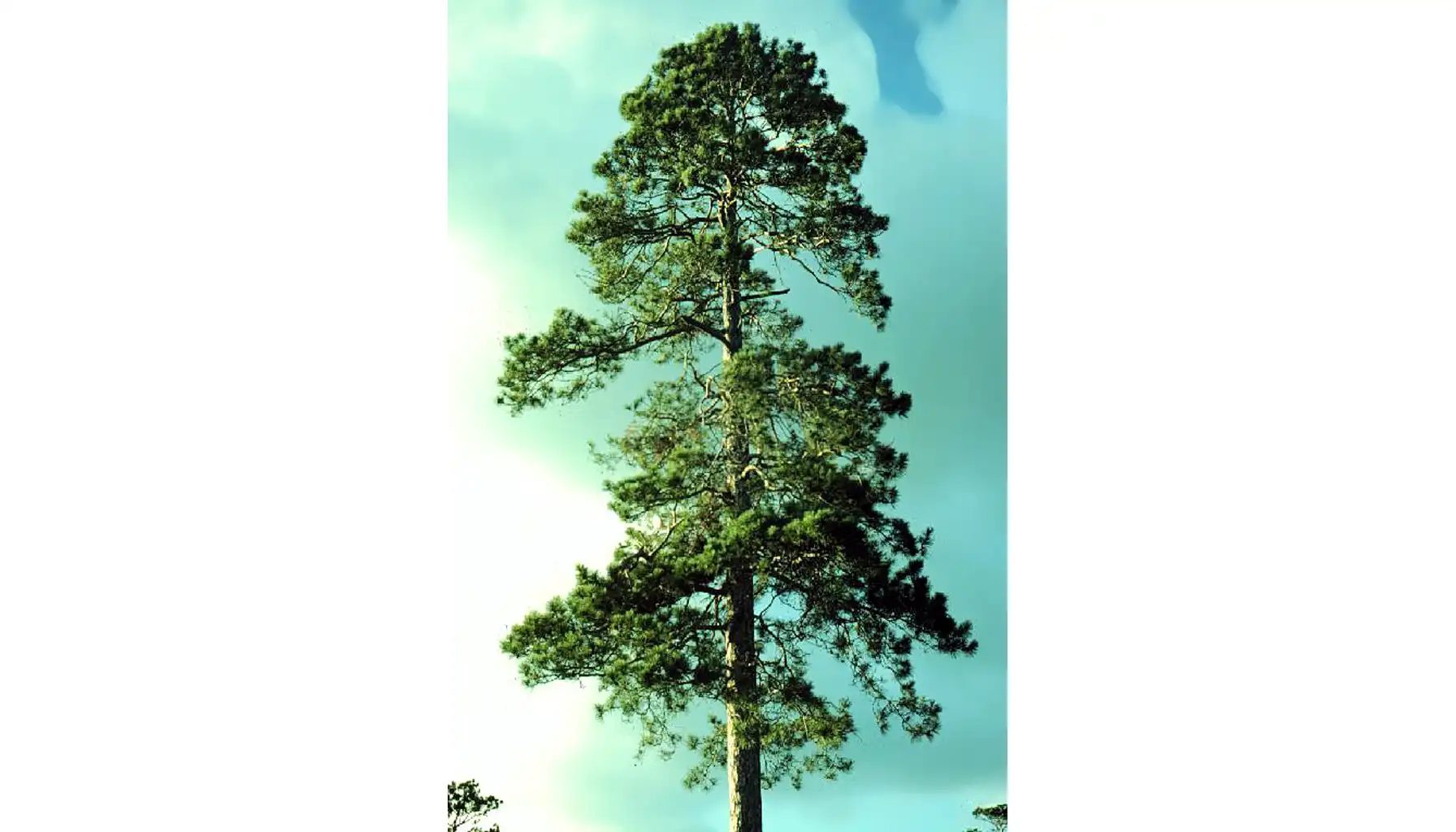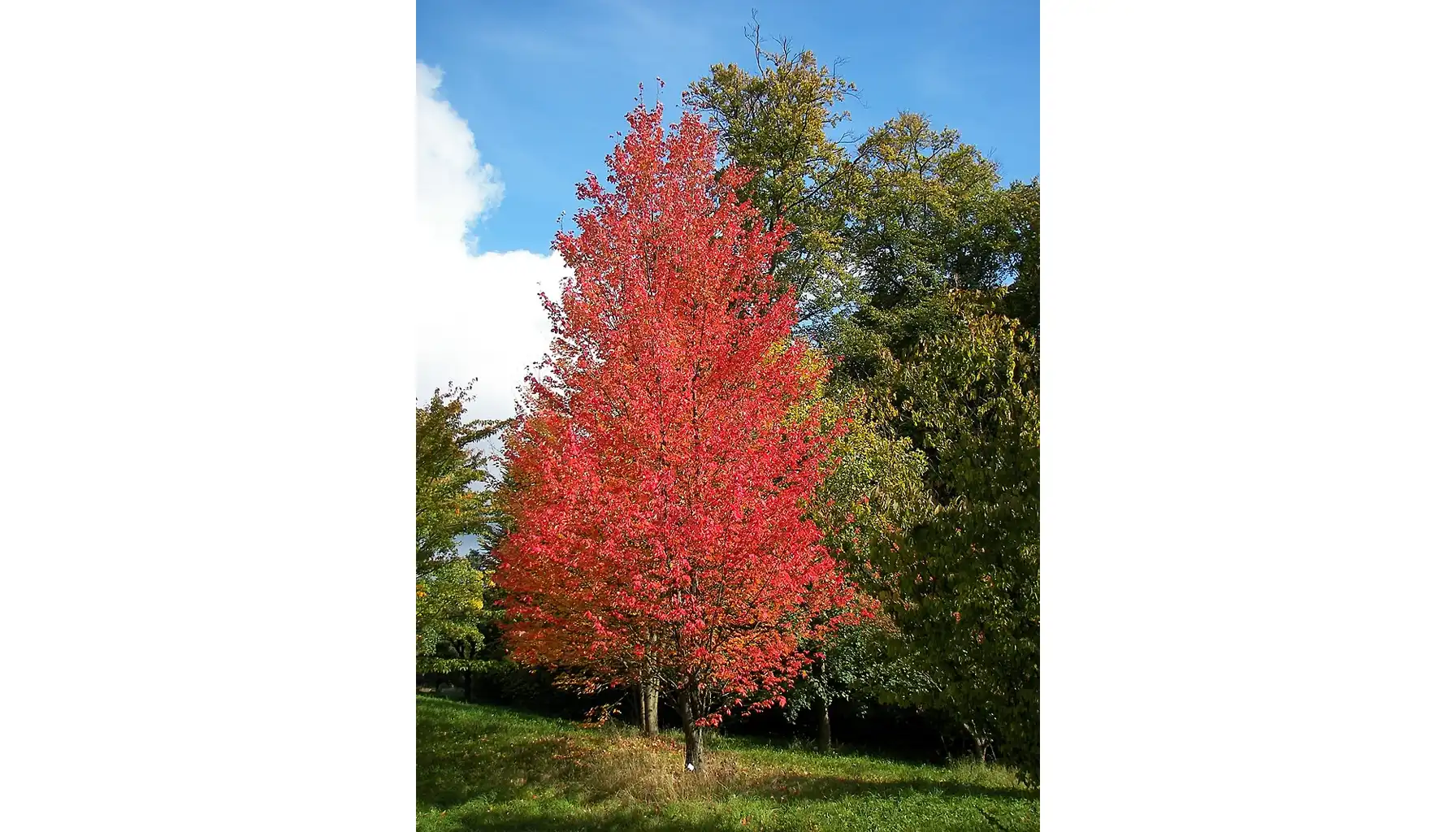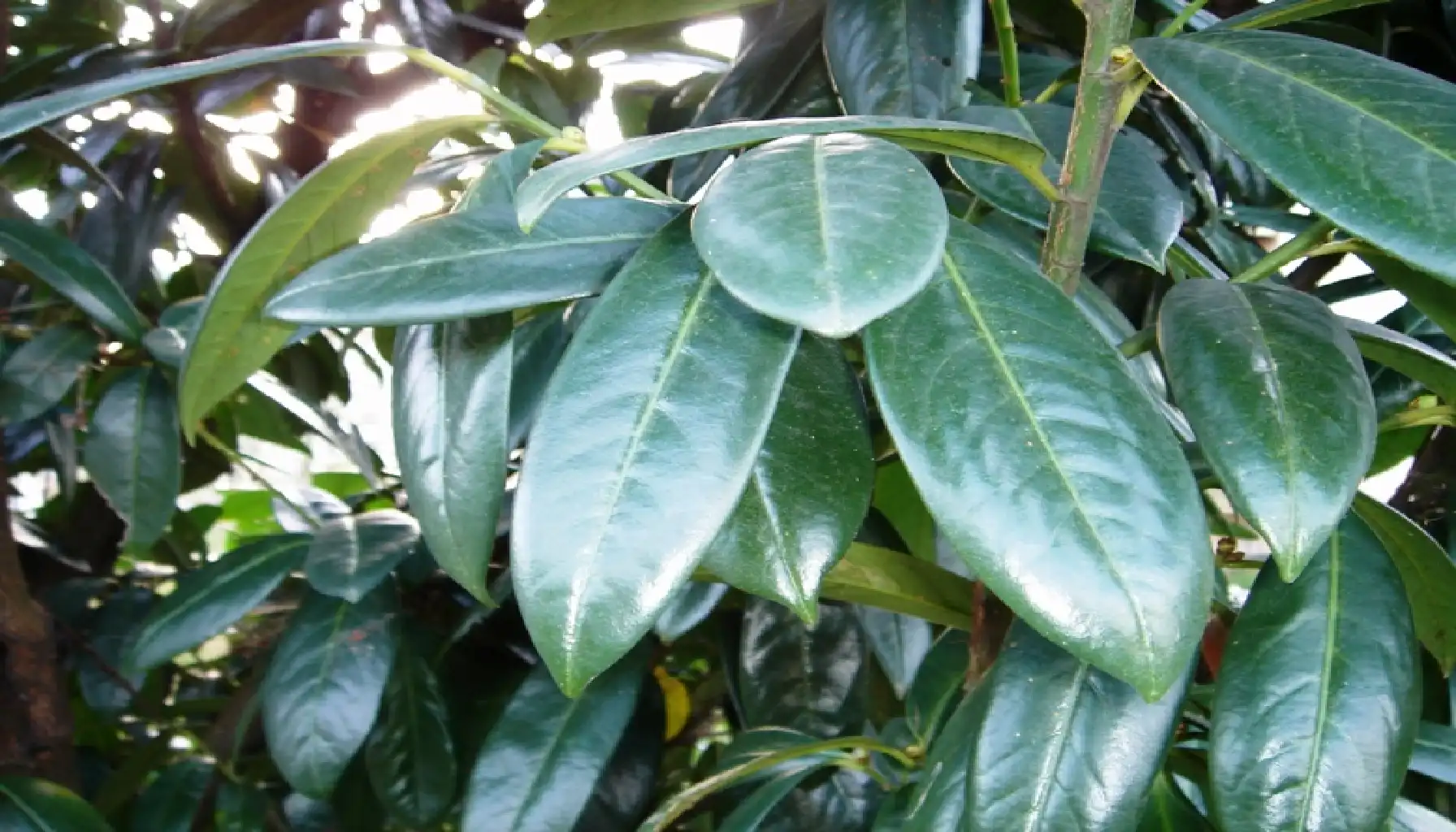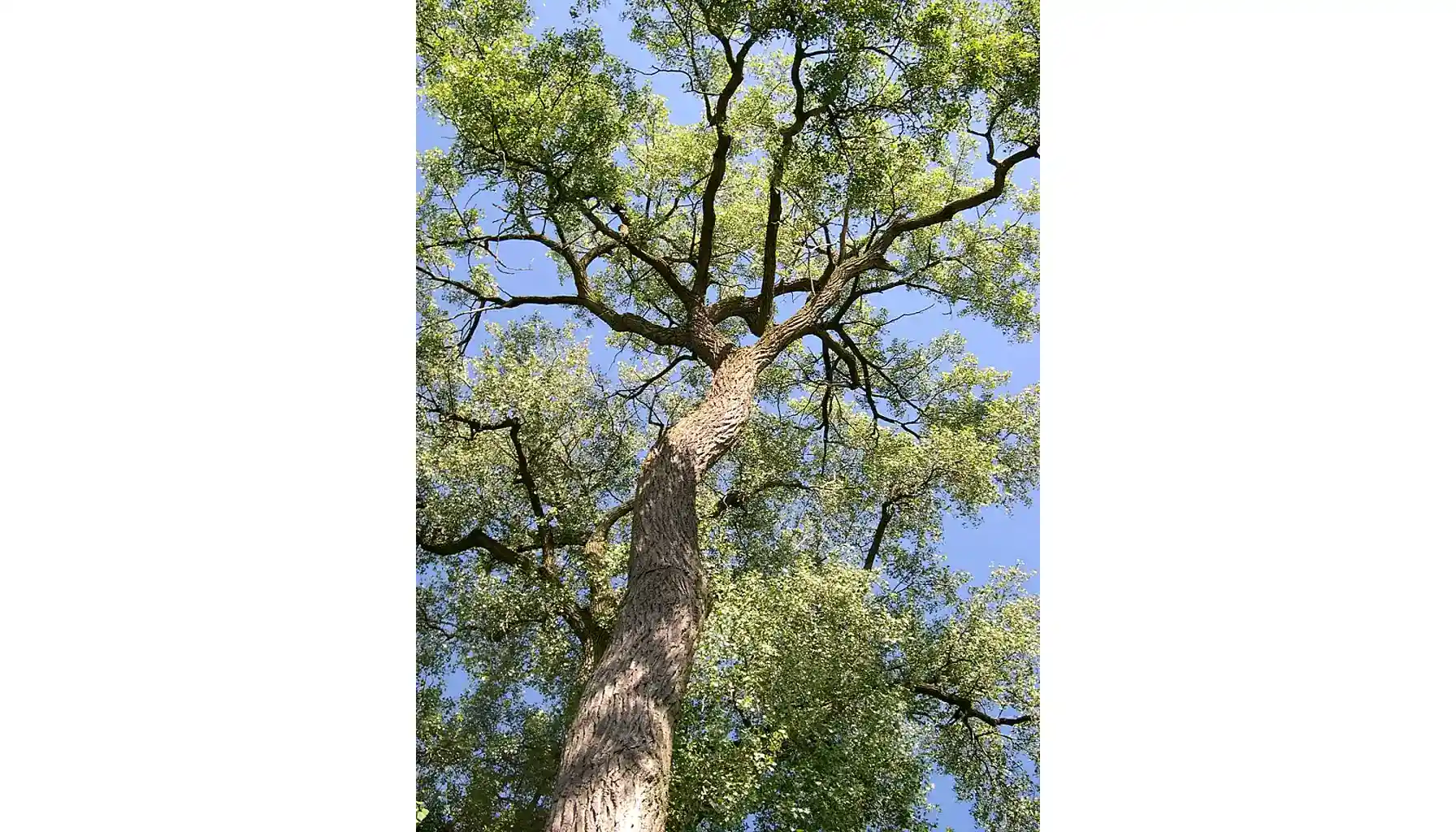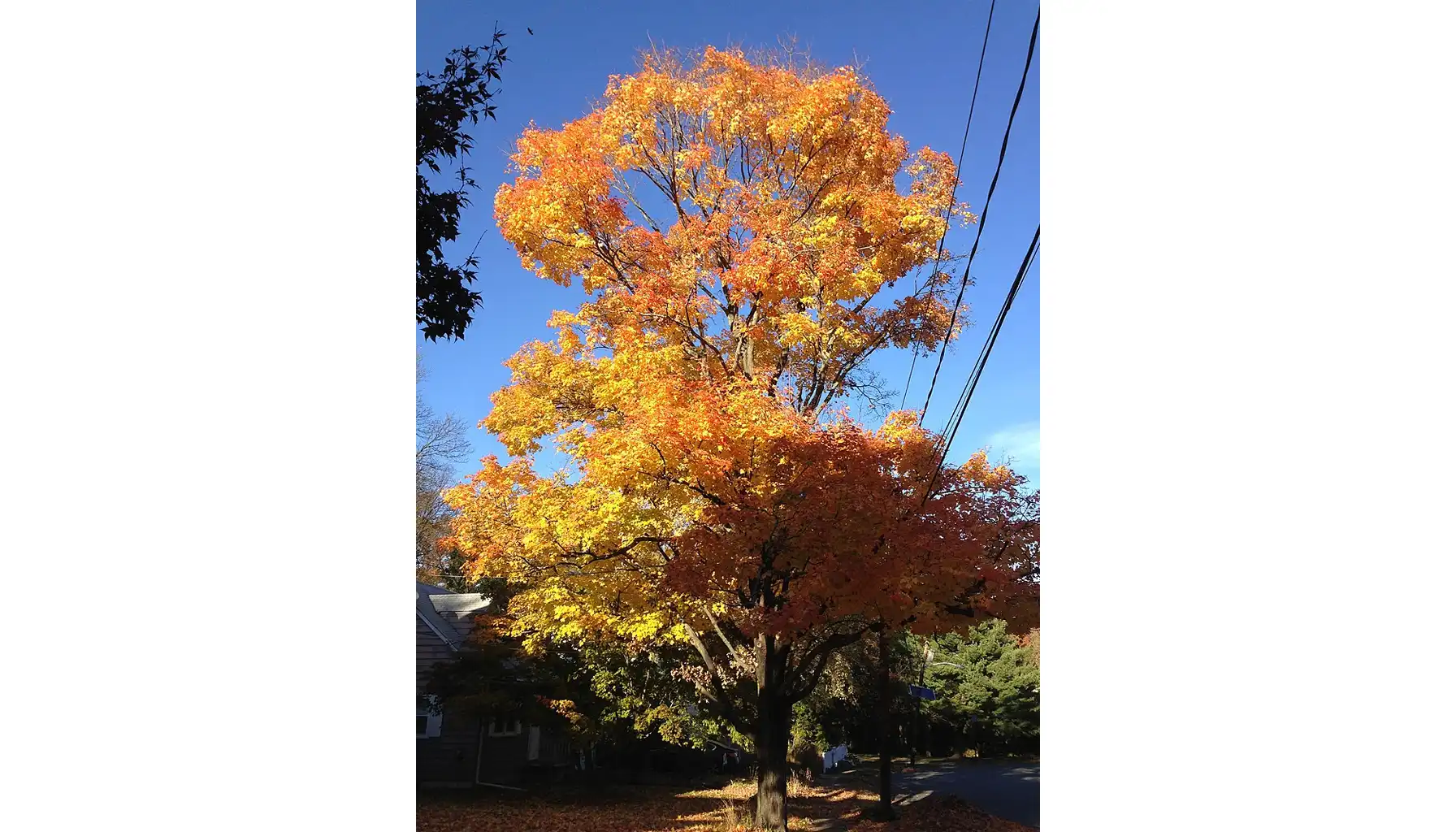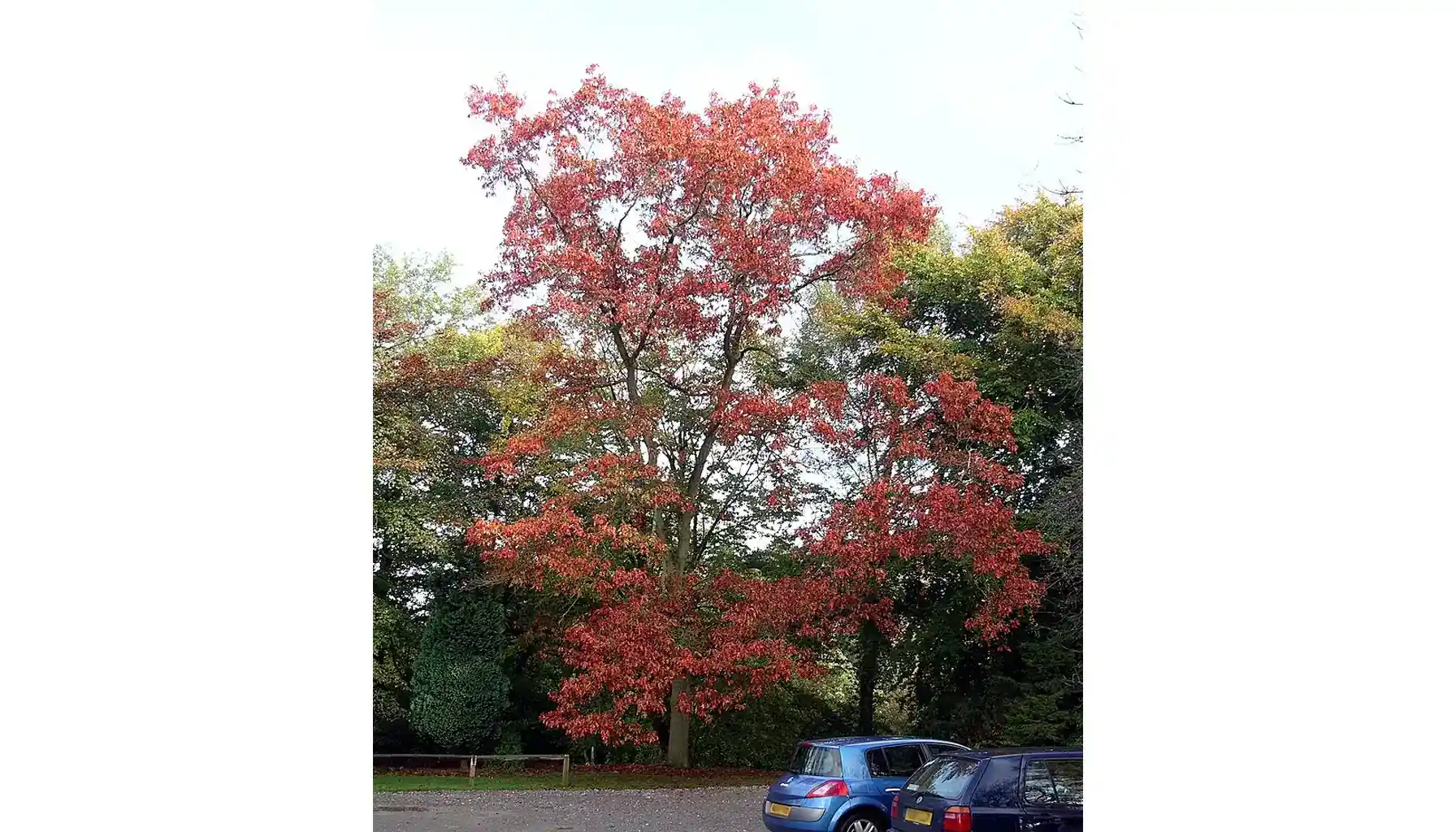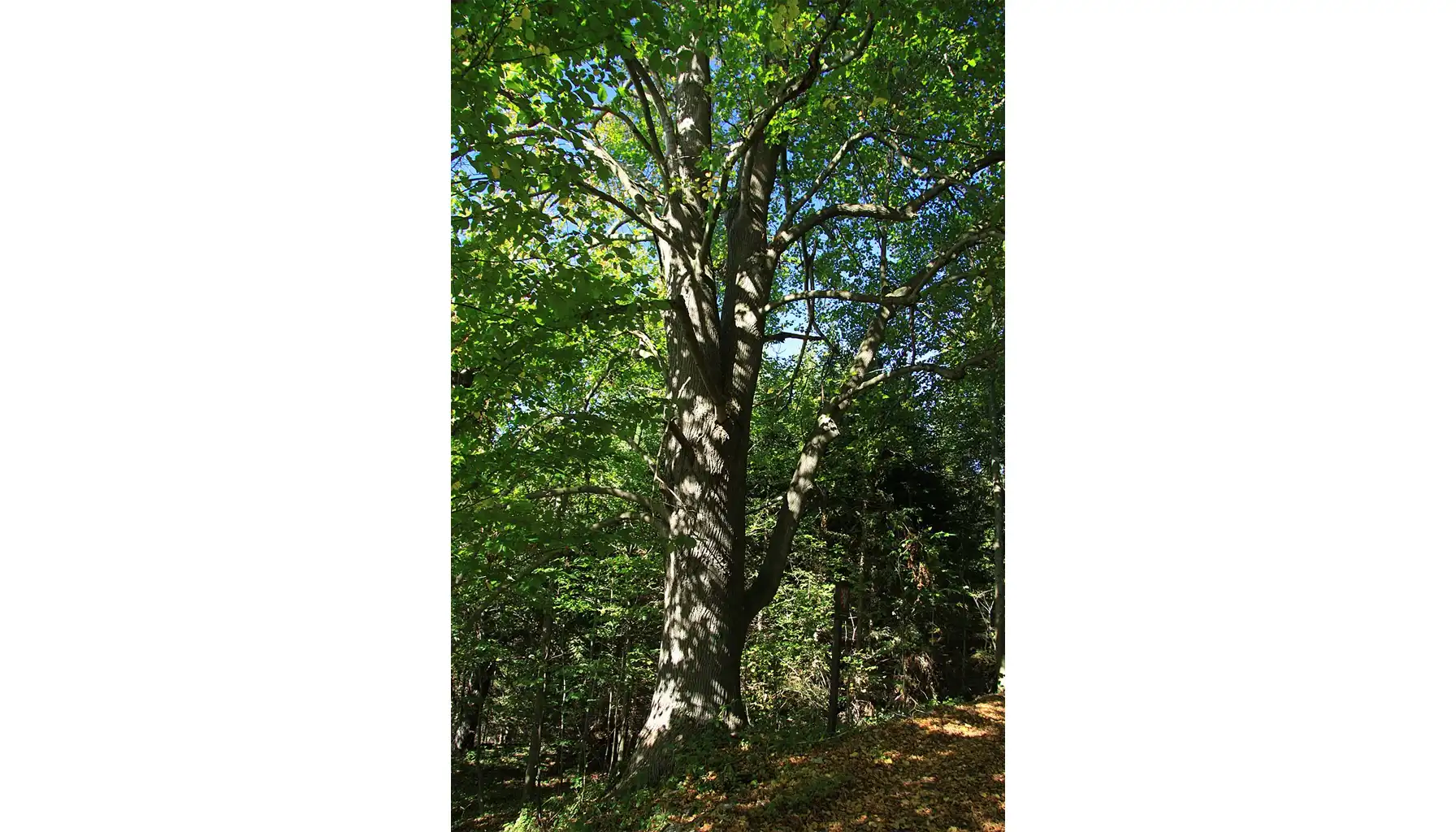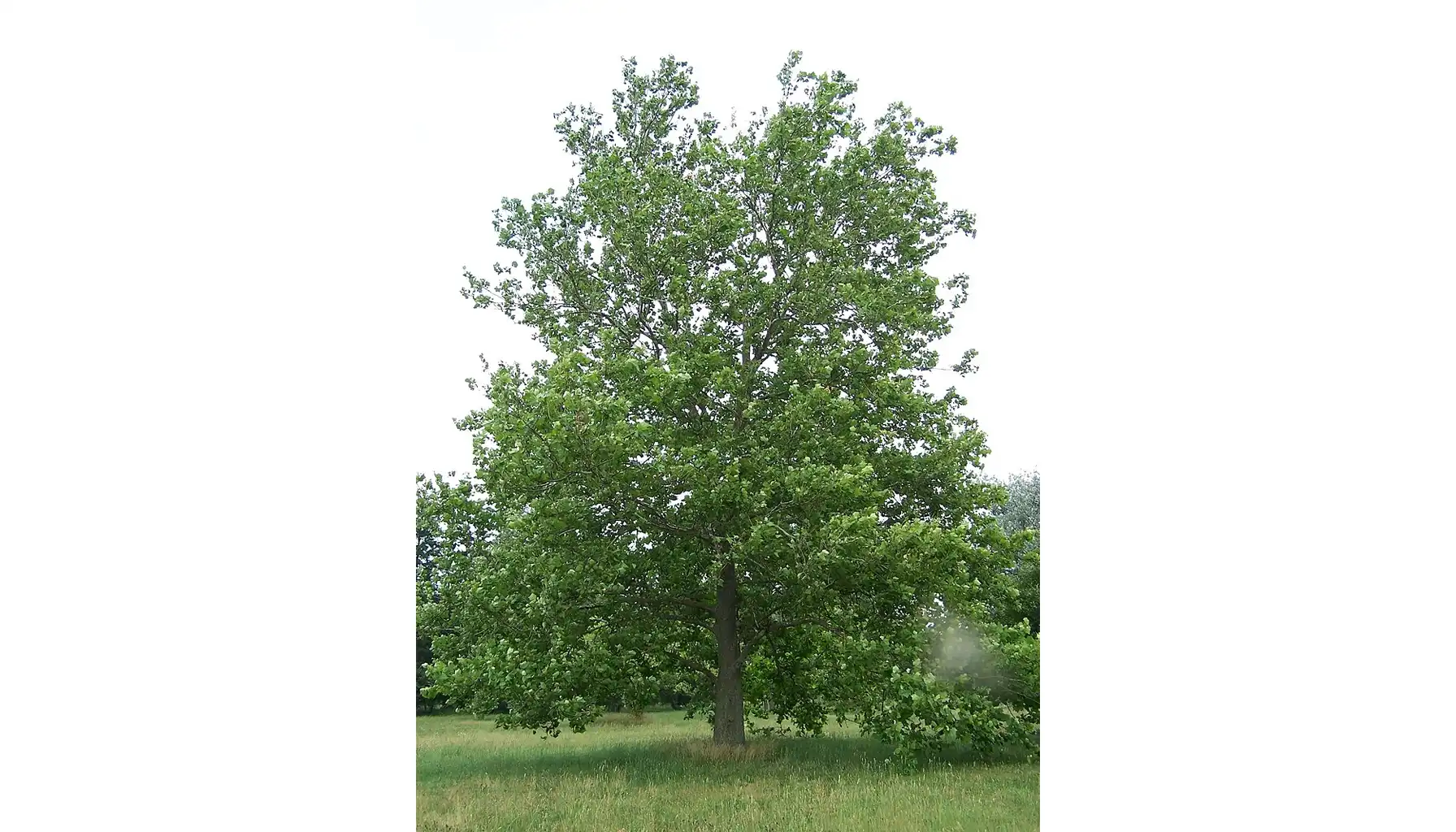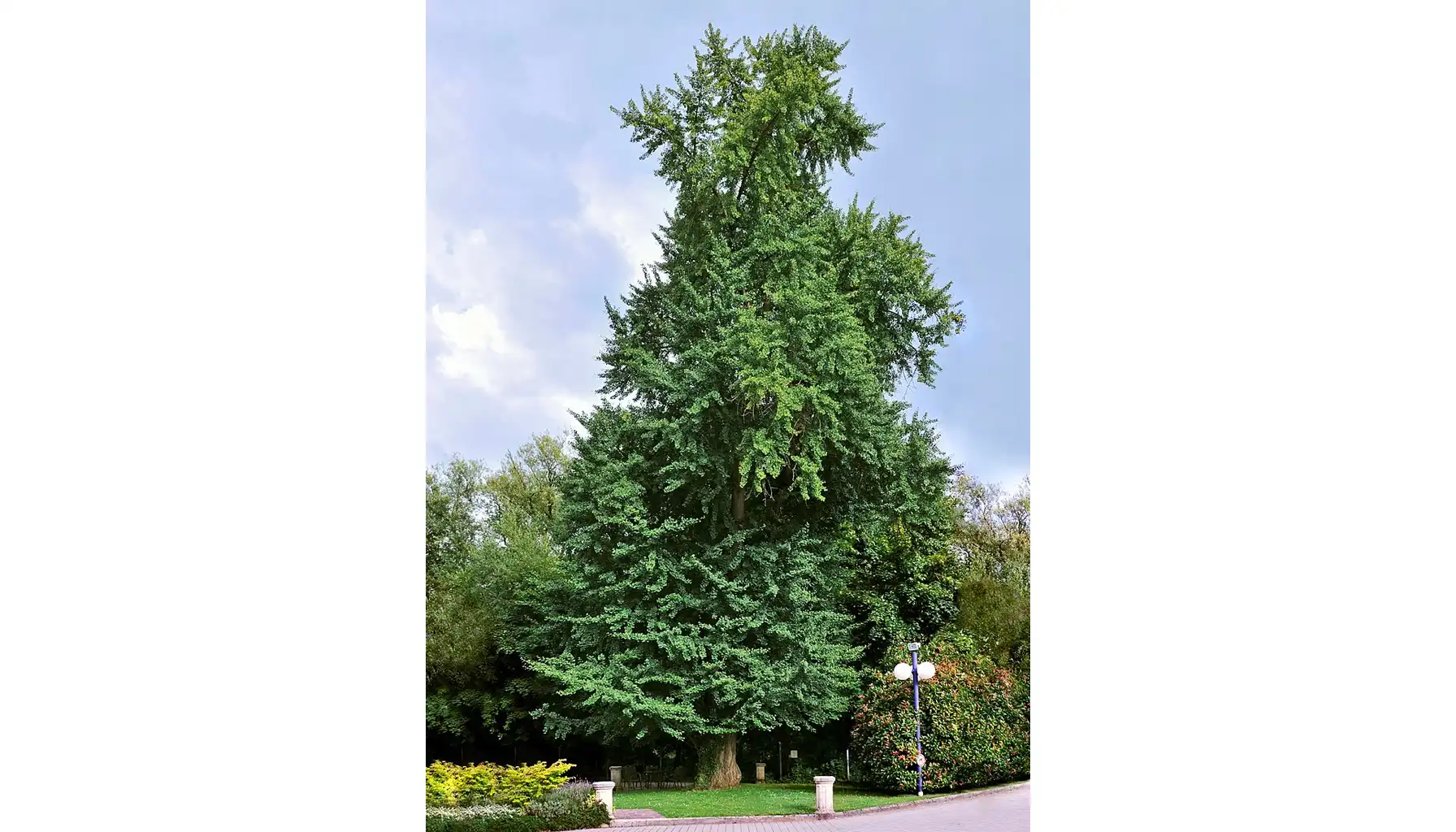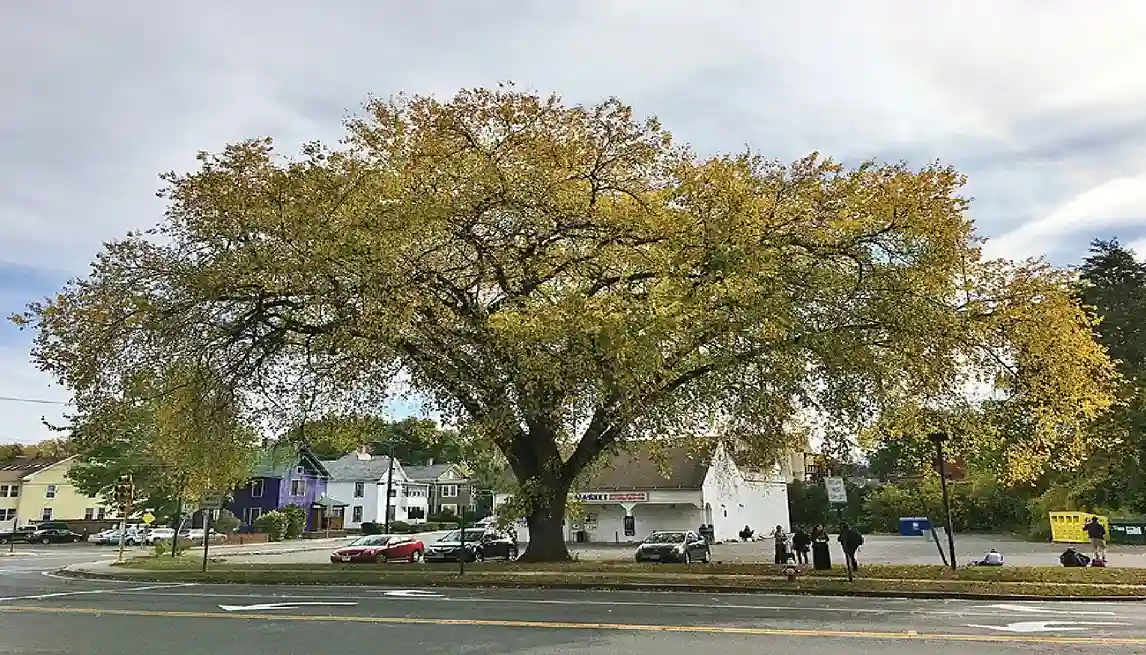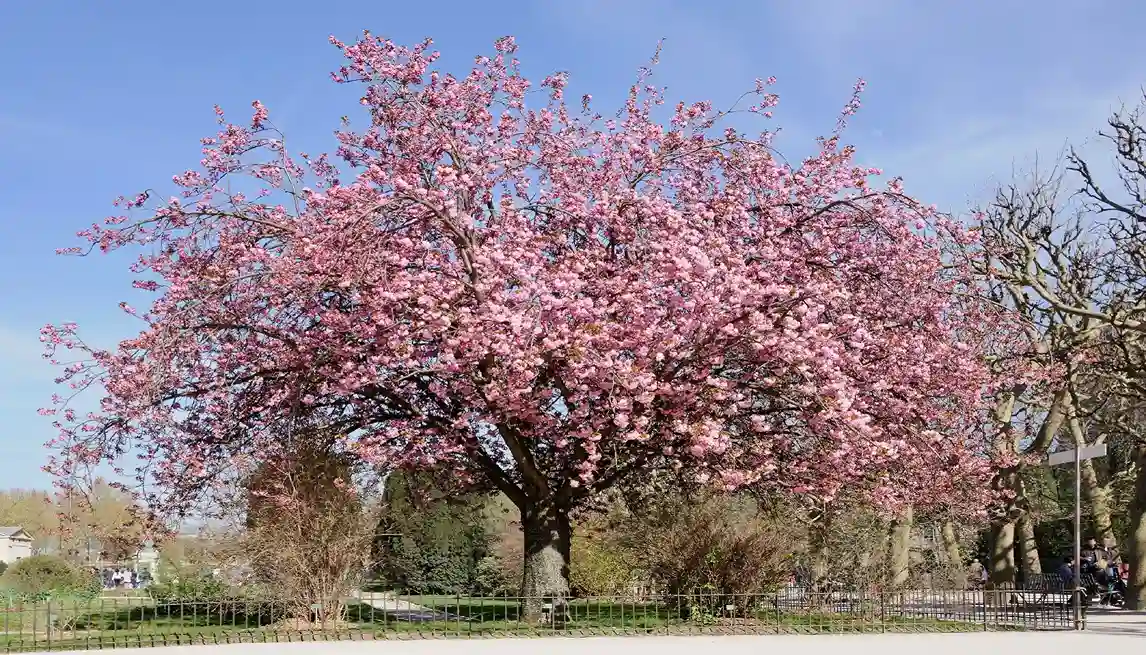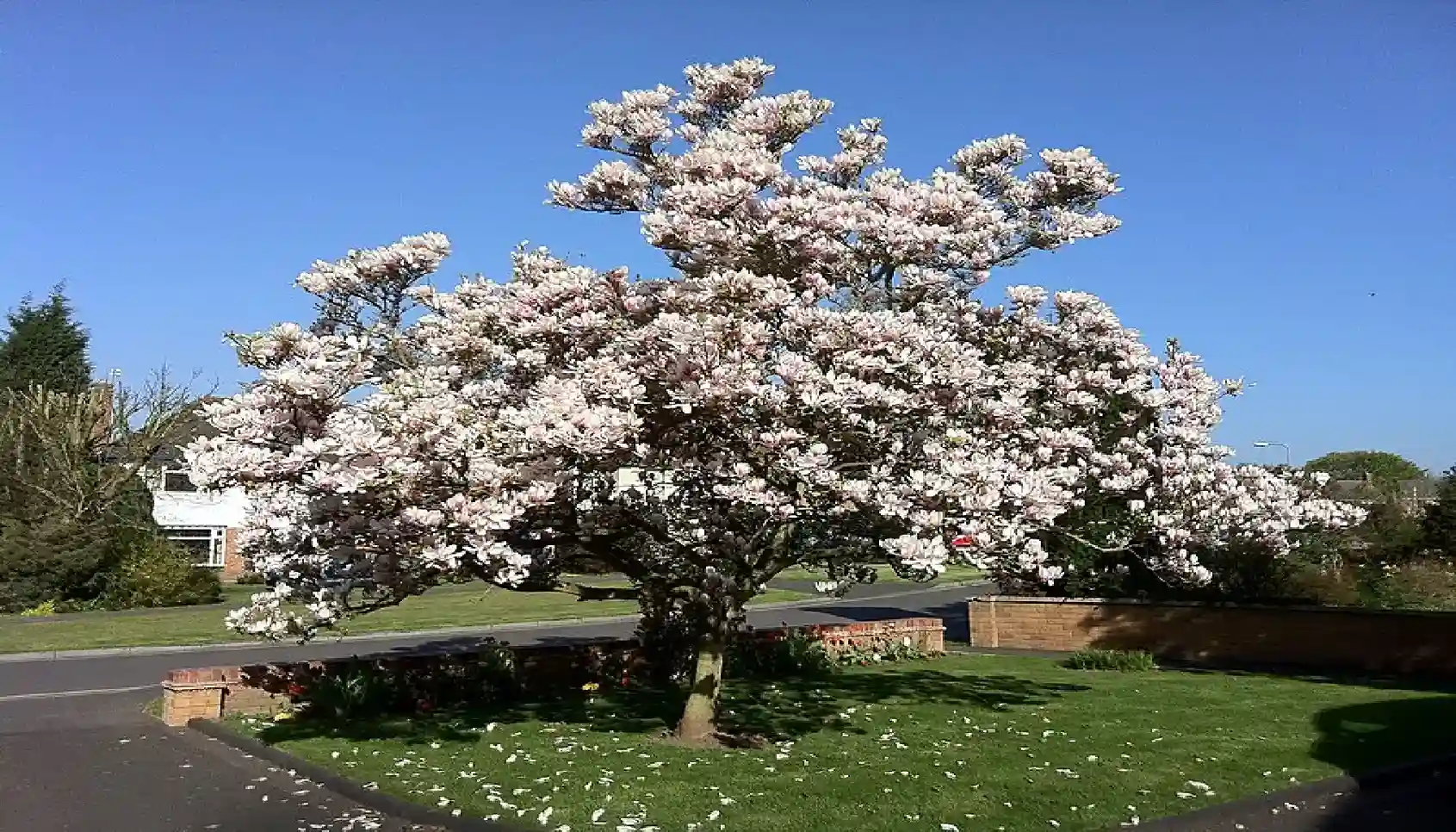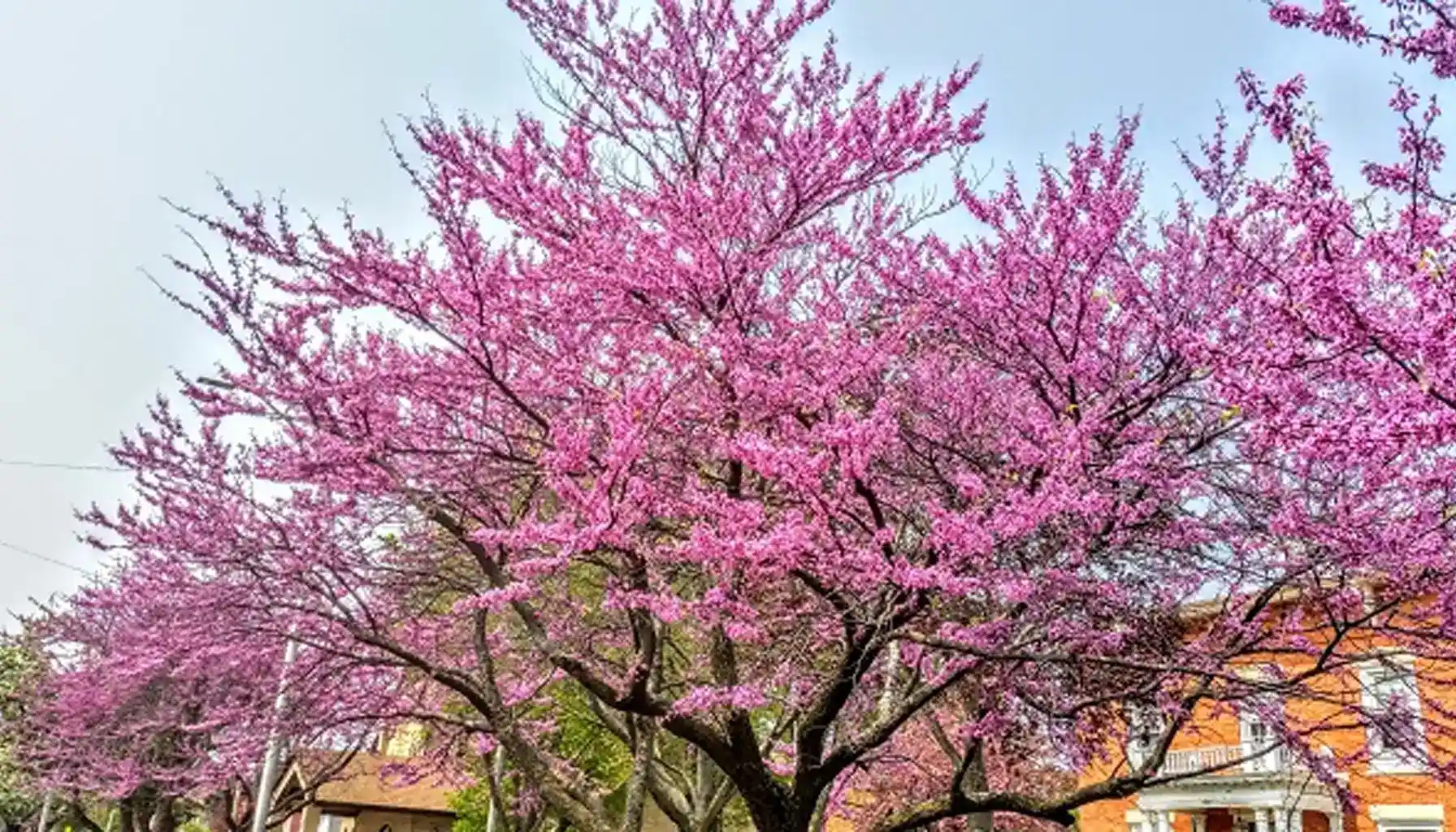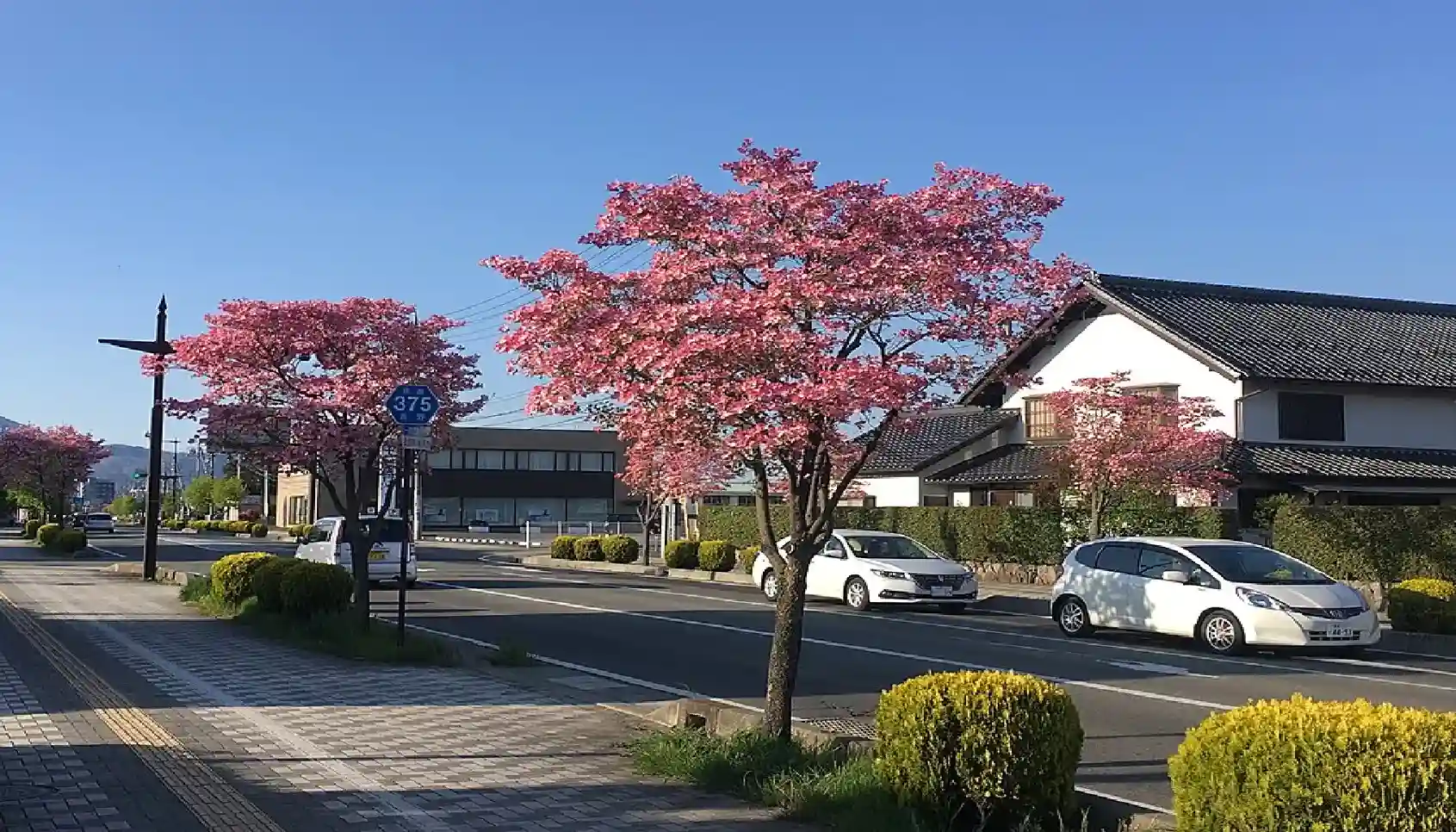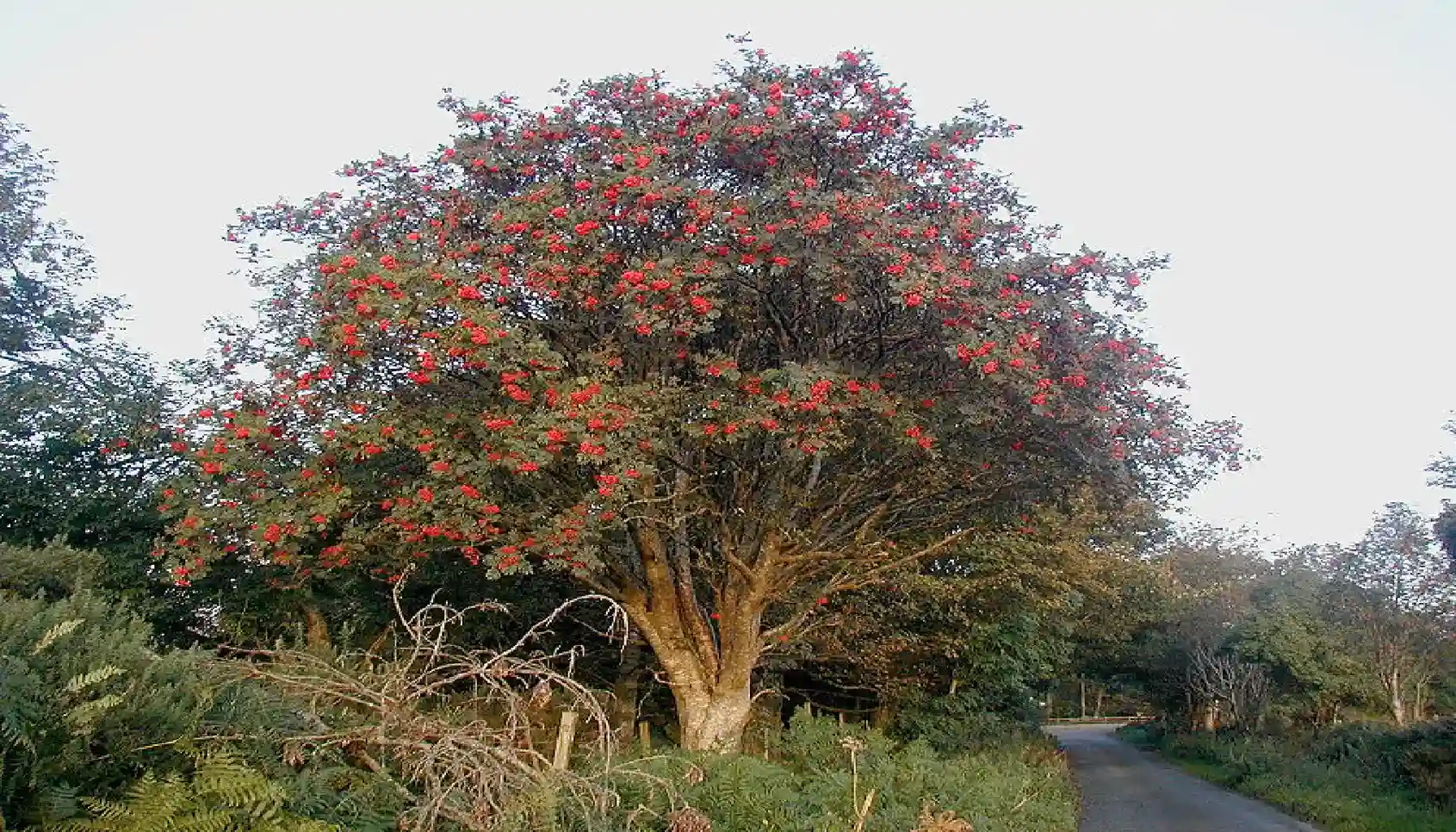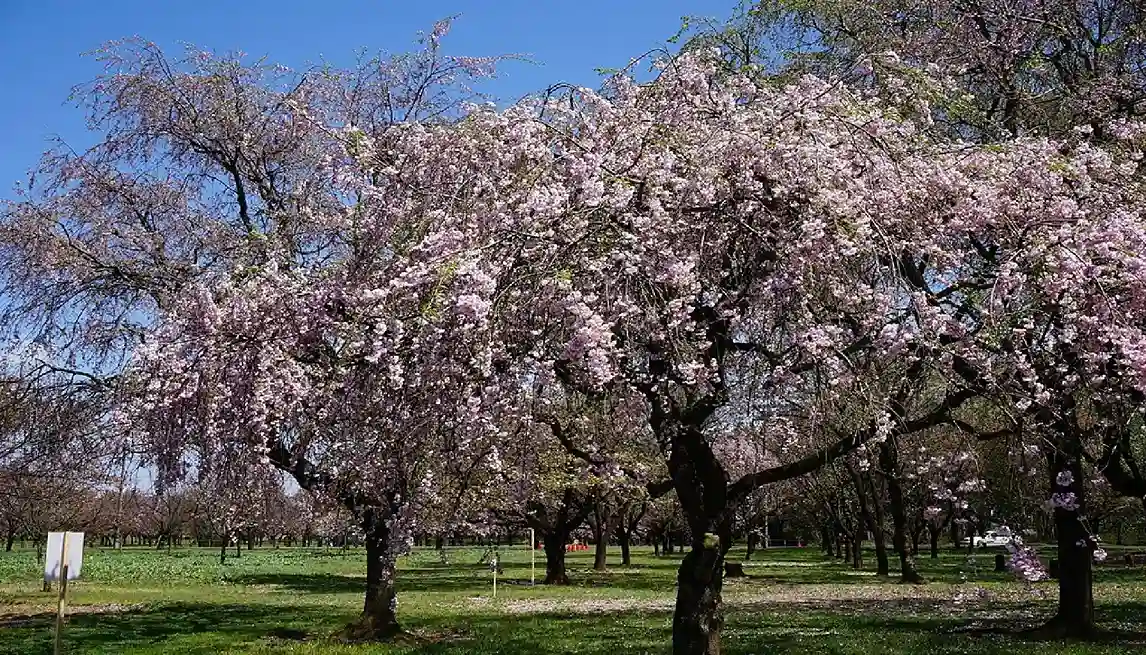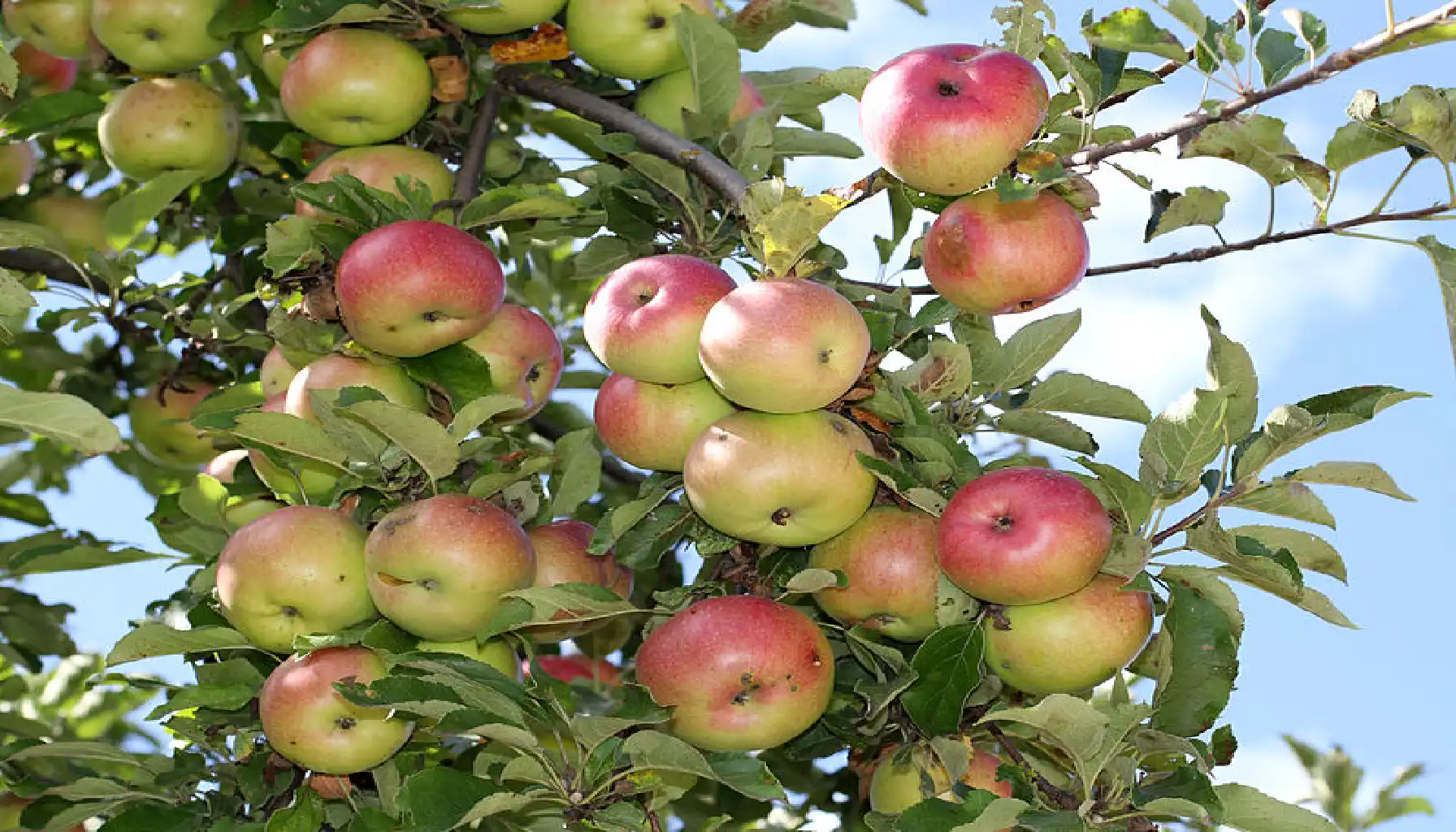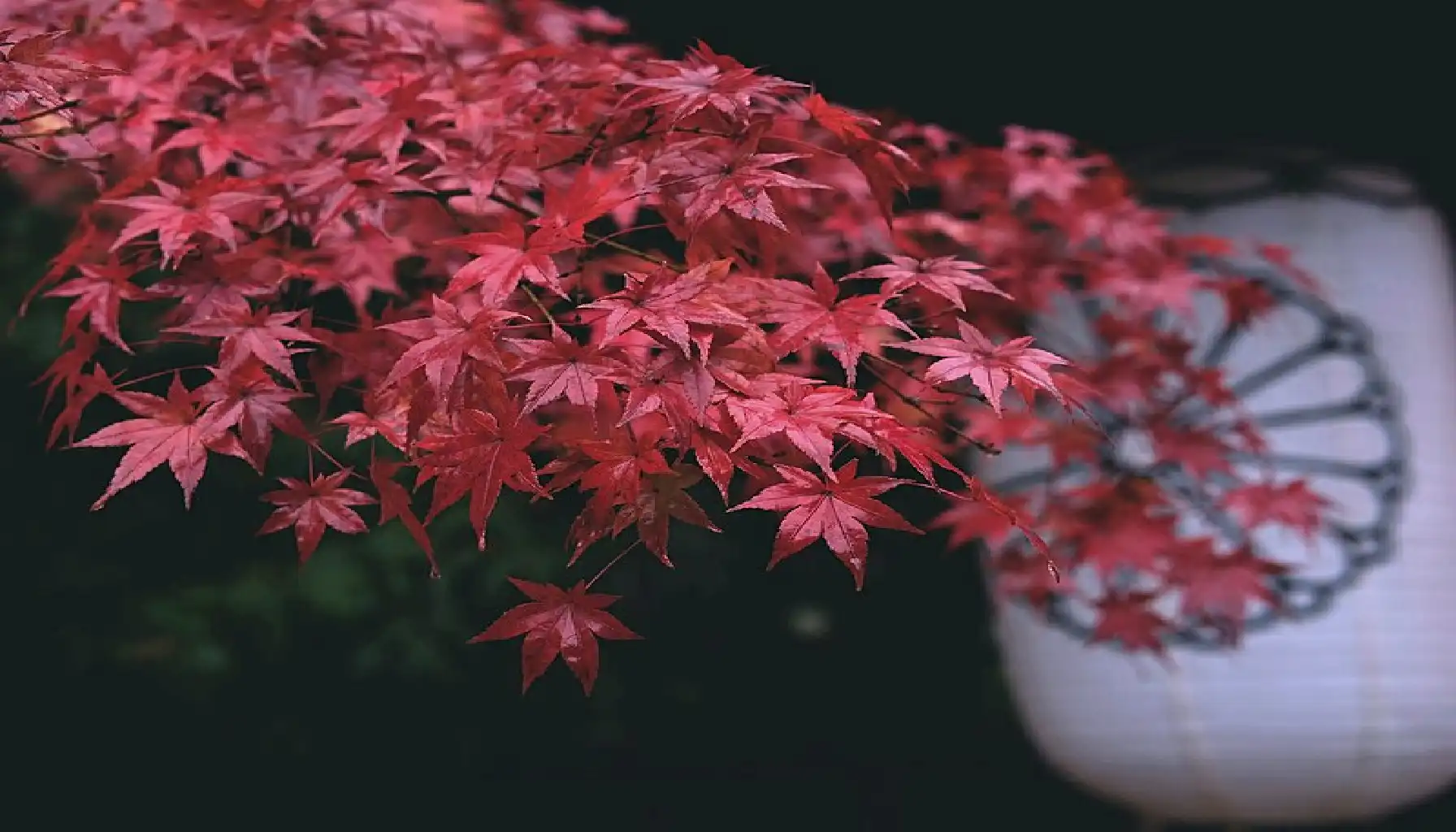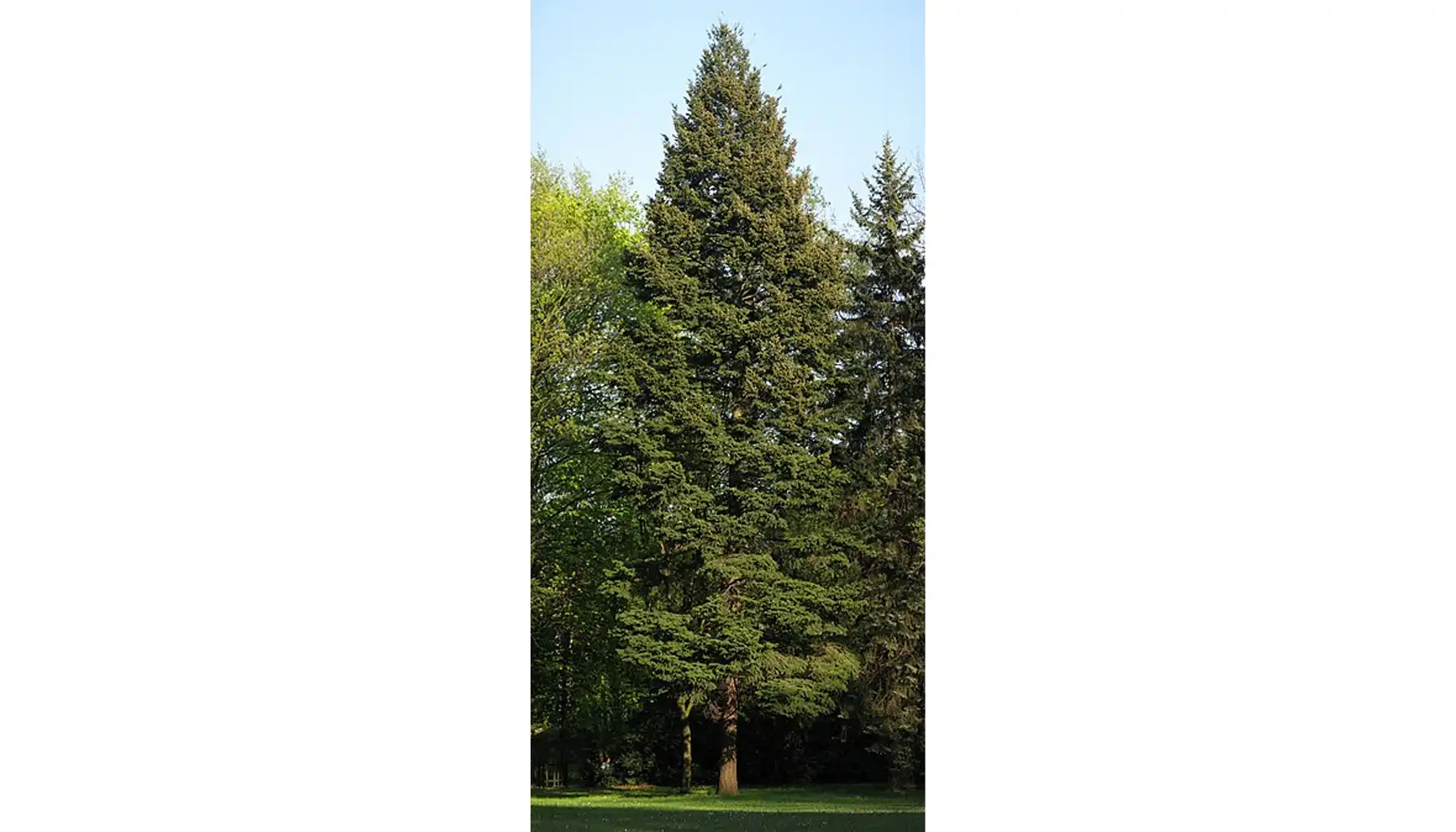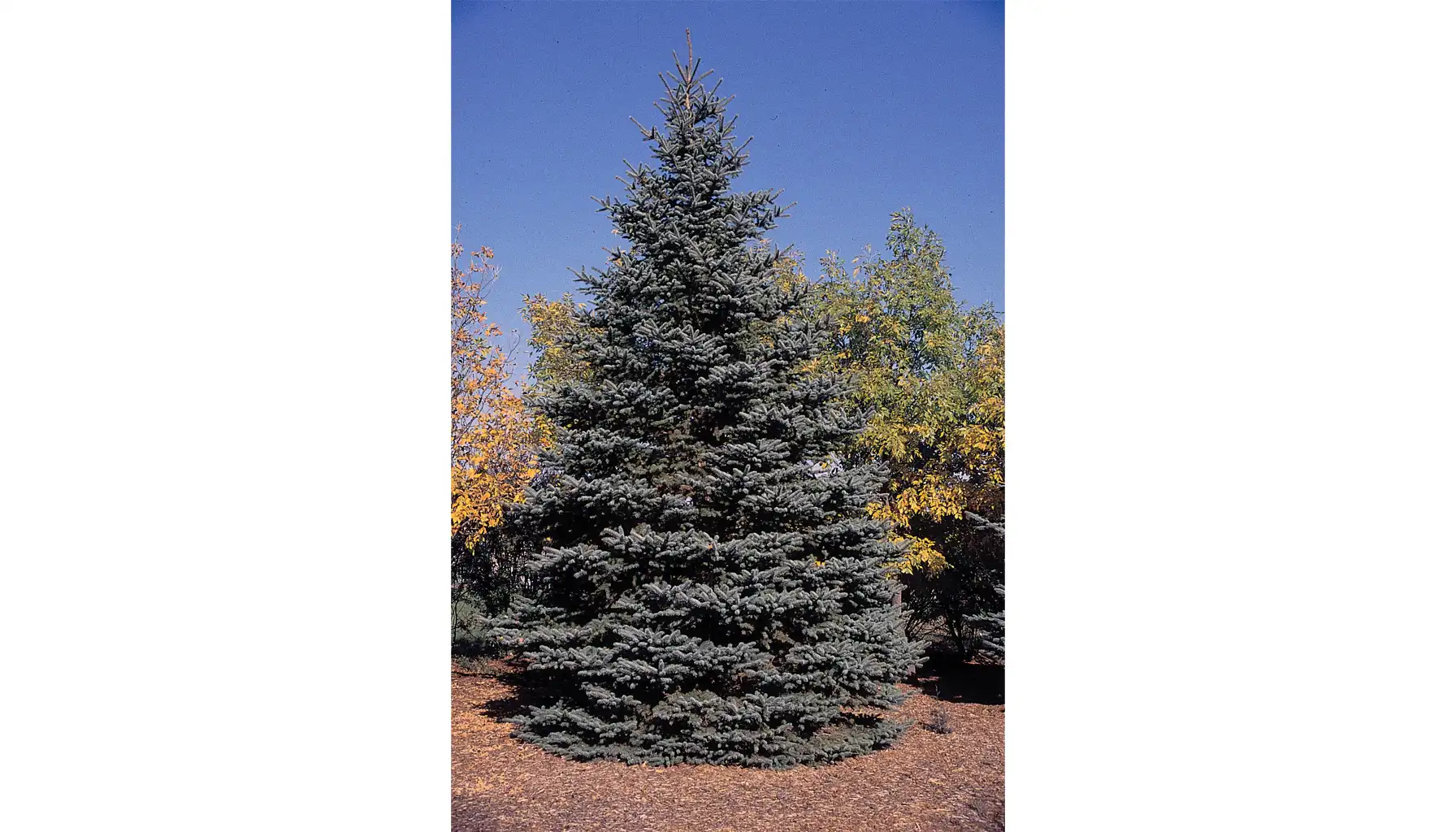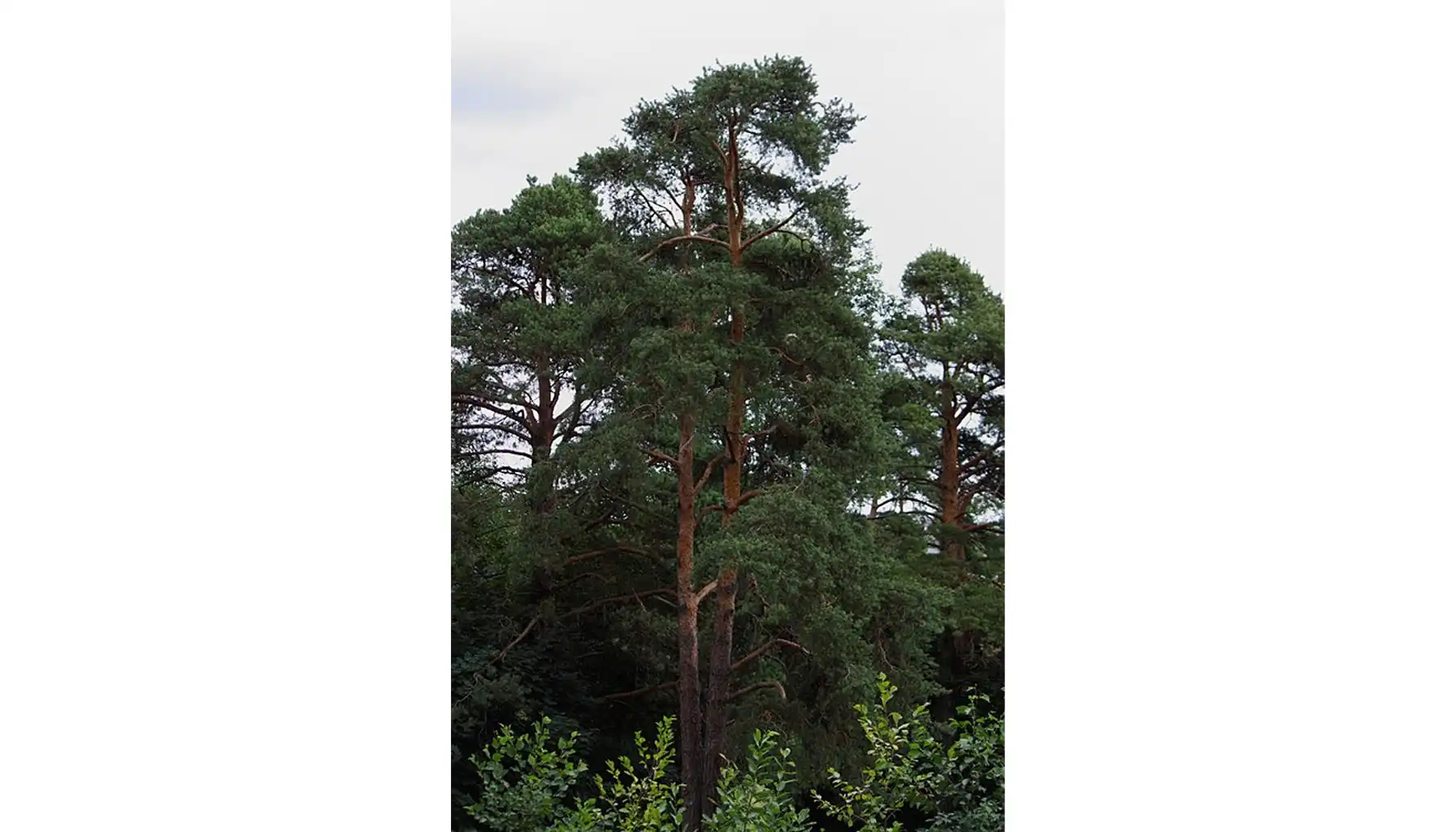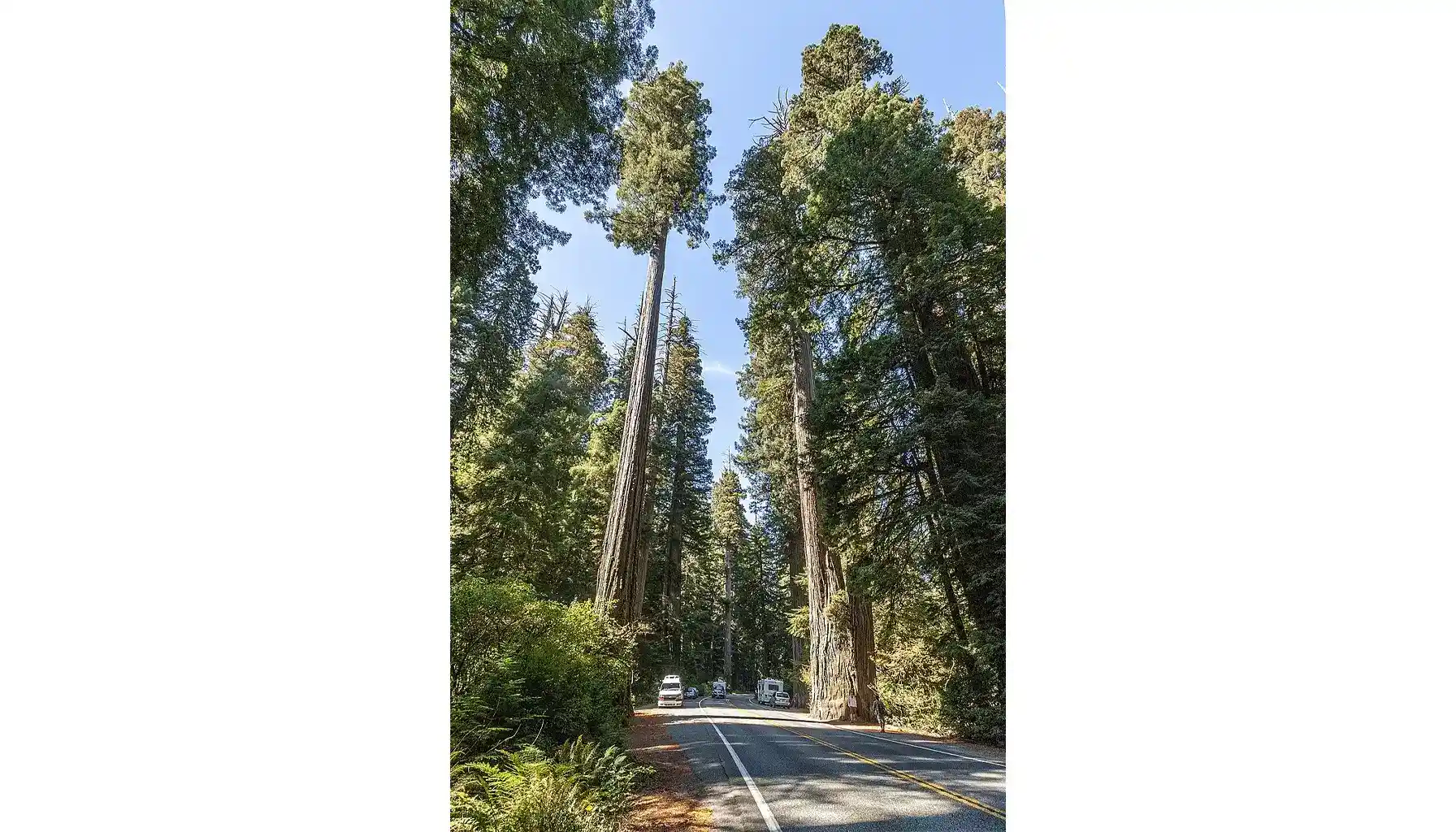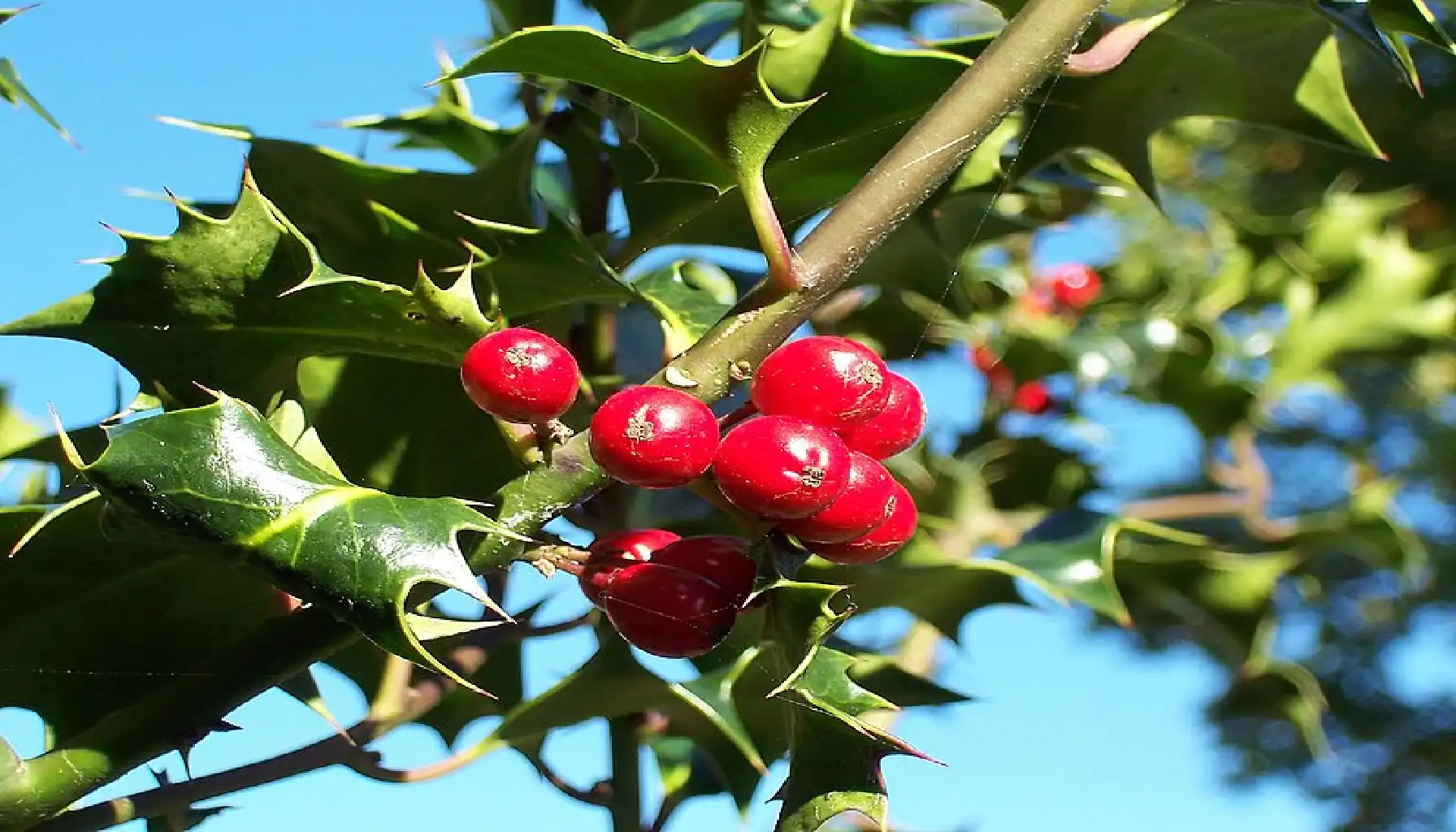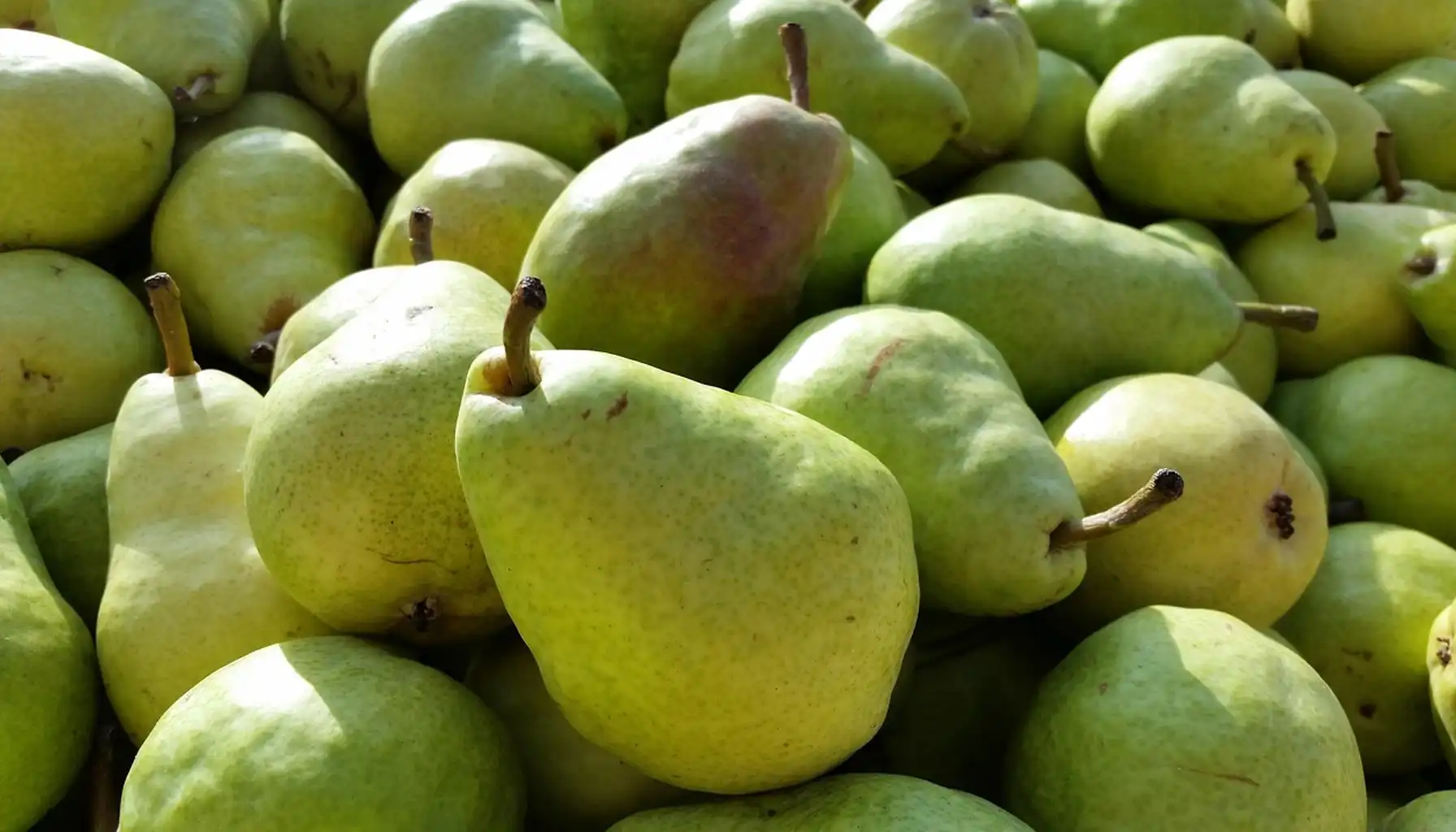.Choosing the right plans is the basis for creating a special atmosphere in your place. Trees can serve as a hedge, create shade in the courtyard on a sunny day, or simply as a decorative element. What types of pine trees for landscaping are the best? Check via a plant identifier.
Choosing the Right One
Landscaping with trees makes the garden feel natural. Before buying, it is important to consider several factors:
Climate and hardiness zone: Make sure that small landscaping trees are suitable for your region.
Size and shape: Estimate how much space an adult one will occupy and how it will blend in with the surrounding landscape.
Sunlight: Most types require a lot of sunlight, but some prefer partial shade.
Soil Type: Find out what type of soil your chosen landscaping small palm trees prefer.
Top 25 Landscape Trees With Care Tips
Thuja occidentalis 'Smaragd'
Description: A classic for hedges. Cone-shaped, dense, bright green needles, unpretentious. It reaches a height of 3-5 meters. The best variant if you need some small trees for landscaping near the house.
Care: Prefers full sun or partial shade. It needs well-drained soil. Regular watering, especially during dry periods, and mulching to preserve moisture. Pruning is not required to maintain the shape, but it can be shaped for density.
Cupressocyparis Leylandii
Description: Very fast-growing, small evergreen trees for landscaping. It can reach 15-30 meters. A good option for creating a tall hedge.
Care: Full sun. Adapts to different types of soils, but prefers well-drained ones. Requires regular and frequent pruning, 1-2 times a year, in order not to grow too much and maintain a tight shape.
Pinus Resinosa (Eastern Red Pine)
Description: Tall skinny trees for landscaping, slender coniferous tree with long, bluish needles and reddish bark. It reaches 20-30 meters. Check our other landscaping under pine trees pictures.
Care: Prefers full sun and well-drained, even poor soils. It is drought-resistant after rooting. The young seedlings require regular watering. Mature trees require almost no maintenance, except for the removal of dry or damaged branches.
Acer Rubrum 'Red Sunset' or 'Autumn Blaze'
Description: Fast-growing, deciduous trees with stunning bright red or orange autumn colors. A good option for landscaping ideas around trees pictures. It reaches 12-18 meters.
Care: Prefers full sun to partial shade. The soils should be acidic and well-drained. Regular watering in the early years, especially in hot weather. Light pruning may be required to form the crown.
Prunus Laurocerasus
Description: An evergreen shrub or small tree (up to 4-6 meters) with glossy, dark green leaves. Dwarf trees for landscaping are good for small gardens.
Care: Full sun to full shade. Prefers well-drained, fertile soils. Regular watering, especially during dry periods. It perfectly tolerates pruning, allowing to create the hedges from it. But it needs protection from severe frosts in cold regions.
Populus Deltoides
Description: One of the fastest growing trees (up to 20-30 meters), creating a quick shade and privacy.
Care: Full sun. Adapts to a wide range of soils, but prefers moist ones. Avoid planting close to foundations, sewers, or water pipes due to an aggressive root system. Requires minimal pruning to remove dry or broken branches.
Acer Saccharum
Description: A majestic tree with a dense, wide-oval crown and magnificent orange-red autumn color. Perfect for a large shade. It reaches 20-30 meters.
Care: Full sun to partial shade. Prefers deep, moist, fertile, well-drained soils. Sensitive to drought and soil compaction. It requires regular watering during dry periods, especially in the early years. Pruning is minimal, mainly to form or remove diseased branches.
Quercus Rubra
Description: A long-lived, powerful tree (20-30 meters) that creates a huge shadow over time.
Care: Full sun. Adapts to different types of soils, but prefers acidic, well-drained ones. After rooting, it is very drought-resistant and unpretentious. The young trees require more regular watering.
Tilia Platyphyllos
Description: Thick, wide-cone crown, fragrant creamy-yellow landscaping small flowering trees. It reaches 20-30 meters.
Care: Full sun to partial shade. Prefers moist, fertile, well-drained soils. Resistant to urban conditions. Needs regular watering, especially in drought times. Pruning may be required to form the crown and remove aquatic shoots.
Platanus Occidentalis
Description: It is known for its beautiful, flaking brown, gray or green bark and wide spreading crown, providing abundant shade. It reaches 25-35 meters. You can add landscaping lights for trees at night.
Care: Full sun. Prefers moist but well-drained soils. It is resistant to urban conditions and air pollution. It is very tolerant of pruning, which allows it to be shaped as needed. Regular watering in the early years.
Ginkgo Biloba
Description: A unique, very ancient tree with fan-shaped leaves that turn bright yellow in autumn. This one is a good variant for urban environments. It reaches 15-25 meters.
Care: Full sun. Extremely resistant to urban conditions, air pollution, drought and poor soils. Choose male specimens landscaping with fruit trees ideas, as female trees produce fruit bodies with an unpleasant odor. It requires almost no maintenance after rooting. The pruning is minimal.
Ulmus Americana
Description: A classic shady tree with a majestic, vase-shaped, spreading crown. It reaches 20-30 meters.
Care: Full sun. Prefers moist, fertile, well-drained soils. Choose Dutch elm disease resistant varieties. Pruning is required once a season to form the crown and remove damaged branches.
Prunus Serrulata
Description: It is known for its abundant and lush spring flowers (white, pink). Many varieties with different shades and shapes exist. It reaches 5-10 meters.
Care: Full sun. Prefers well-drained, fertile soils. Sensitive to stagnation of water. It requires more than regular watering during dry periods, such as late spring and summer. The best for front yard landscaping around trees.
Magnolia x Soulangeana
Description: In early spring, before the leaves appear, landscaping trees and shrubs covered with large, spectacular goblet-shaped white, pink and purple flowers. It reaches 4-8 meters.
Care: Full sun to partial shade. Prefers acidic, moist, well-drained soils. It is sensitive to late frosts, which can damage the flowers. Protect the roots with mulch. Dwarf trees landscaping is perfect for little spaces.
Cercis Canadensis
Description: It blooms with bright pink-purple flowers right on bare branches in early spring, before the heart-shaped leaves appear. It reaches 6-9 meters.
Care: Full sun to partial shade. Adapts to different soils, but prefers well-drained ones. Drought-resistant after rooting. Young trees require regular watering. Pruning is minimal, mainly to remove damaged branches.
Cornus Florida
Description: Beautiful white or pink bracts (not flowers) in spring, red berries in autumn, and interesting bark texture. It reaches 6-9 meters.
Care: Partial shade (prefers morning sun and daytime shade). Prefers acidic, moist, organic-rich soils. Sensitive to drought, requires regular watering, especially in hot weather. Pruning is minimal, only to remove dead or diseased branches.
Sorbus Aucuparia
Description: White flowers in spring and bright orange-red berries in autumn, attracting birds. It reaches 8-12 meters.
Care: Full sun to partial shade. Adapts to different soils, but prefers well-drained ones. Unpretentious. Young trees require regular watering. Pruning to form and remove dry branches.
Prunus Subhirtella
Description: Another great option for spring blooming (pink or white flowers), with a more elegant, spreading or weeping shape. It reaches 6-12 meters.
Care: Full sun. Prefers well-drained, fertile soils. Requires regular watering, especially in times of drought. Pruning is minimal, after flowering, to maintain shape and remove damaged branches.
Malus Domestica (Ornamental Apple Tree)
Description: In spring these ornamental trees for landscaping are covered with beautiful flowers, and in autumn with small decorative apples that can remain on the tree in winter. It reaches 4-8 meters. Some dwarf birch trees for landscaping are also good choices.
Care: Full sun. Prefers well-drained, fertile soils. Requires annual pruning to maintain shape and abundant flowering. It can be susceptible to diseases, so choose resistant varieties. Landscaping topiary trees can make a garden very special.
Acer Palmatum
Description: An elegant tree with delicate leaves that turn stunning red, orange or purple shades in autumn. There are many varieties of different sizes and shapes. From 2 to 8 meters. This front yard landscaping around palm trees will look great.
Care: Partial shade, especially in hot climates to avoid leaf burns. Prefers moist, well-drained, acidic soils. Sensitive to drought and strong winds. Requires regular watering. Mulching helps maintain soil moisture and temperature.
Pseudotsuga Menziesii
Description: A tall, slender coniferous tree with soft, fragrant needles. It reaches 30-60 meters. It will look good with small pine trees for landscaping.
Care: These landscaping under trees pictures prefer moist, well-drained, acidic soils. Requires regular watering in the early years. After rooting, it is quite drought-resistant. Pruning is minimal, only for removing lower branches or forming.
Picea Pungens
Description: It is known for its beautiful bluish-gray needles, pyramidal shape. It reaches 15-25 meters.
Care: Full sun. Prefers well-drained soil. It is quite drought-resistant after rooting. Mature trees are unpretentious. Pruning is usually not required, except for removing dry or damaged branches.
Pinus Sylvestris
Description: A common coniferous tree with reddish bark and blue-green needles.These are not short trees for landscaping: 20-30 meters.
Care: Full sun. Prefers well-drained, even poor soils. It is drought-resistant after rooting. Young seedlings require regular watering. Mature trees require almost no maintenance, except for the removal of dry or damaged branches.
Sequoia Sempervirens
Description: For very large areas where monumentality and durability are required. The tallest tree in the world, in culture it can reach 30-50 meters.
Care: Full sun to partial shade. Prefers deep, moist, well-drained soils. Requires abundant and regular watering, especially in hot climates and in the early years. It does not tolerate drought. Very rarely needs pruning.
Ilex Aquifolium
Description: Landscaping evergreen trees up to 5-10 meters with glossy, dark green, prickly leaves and bright red berries (on female plants if there is a male one nearby).
Care: Full sun to partial shade. Prefers moist, well-drained, acidic soils. It tolerates pruning well, and can be formed into a hedge. Protection from severe frosts in the northern regions.
General Recommendations for Planting and Care
Planting: Carefully place the tree in the hole, making sure that the top of the root clump is at ground level or slightly higher. Cover with earth, tamp it down slightly to remove air pockets.
Watering: Immediately after planting, water the tree well. During the first year, and sometimes two to three years, depending on the species, water regularly, especially during dry periods. Deep, sparse watering is better than frequent and shallow watering. River rock landscaping around trees with rocks looks clean and neat.
Mulching: Apply a layer of mulch such as compost, bark or wood chips 5-10 cm thick around the base of the tree, avoiding contact with the trunk itself. It helps to keep moisture, reduce the number of weeds, and even affects and improves soil temperature.
In conclusion, planting trees in a garden may seem like a tricky idea at first, but when you figure it out, everything becomes simple. We hope this guide with care recommendations will help you to find the perfect trees for your garden. Remember the proper care in the early years of a tree's life - crucial for its successful growth and development. Stay with us to see more landscaping around trees ideas.
AI Plant Finder Related Posts:
